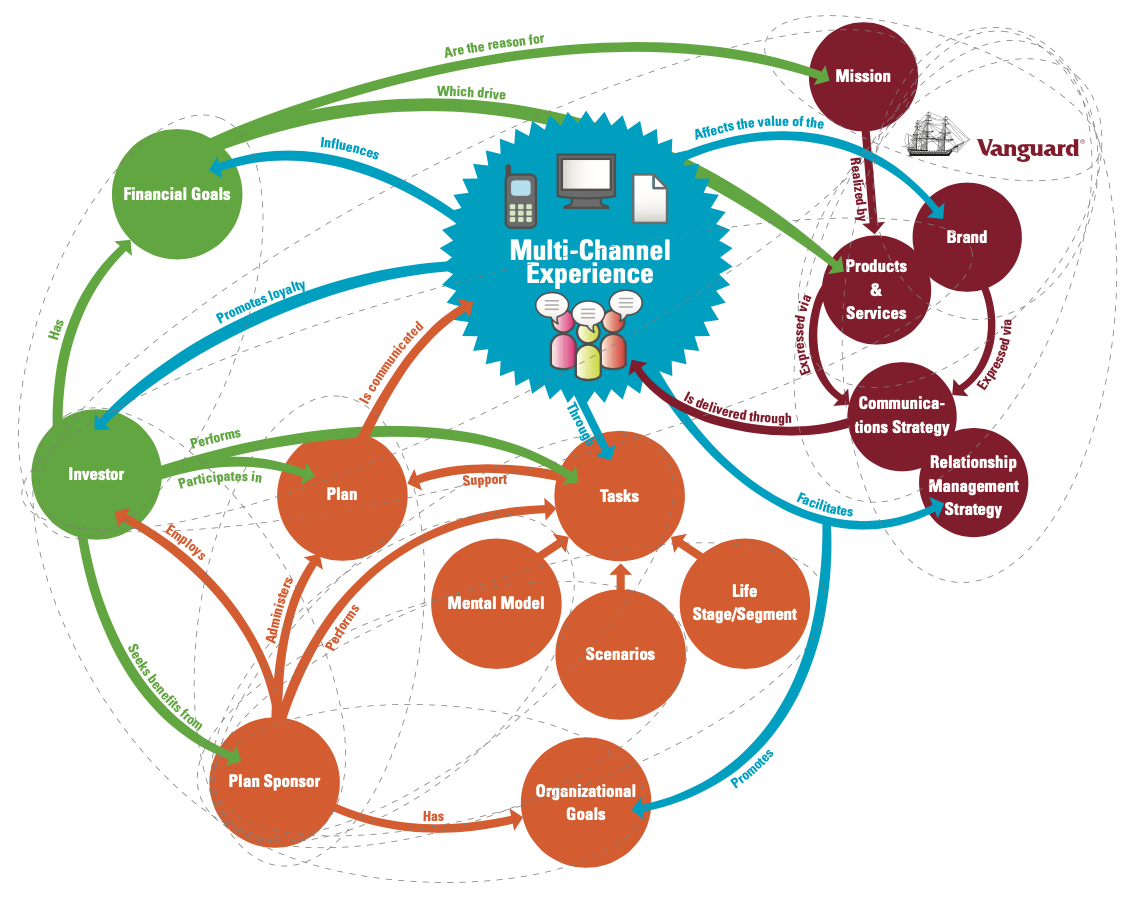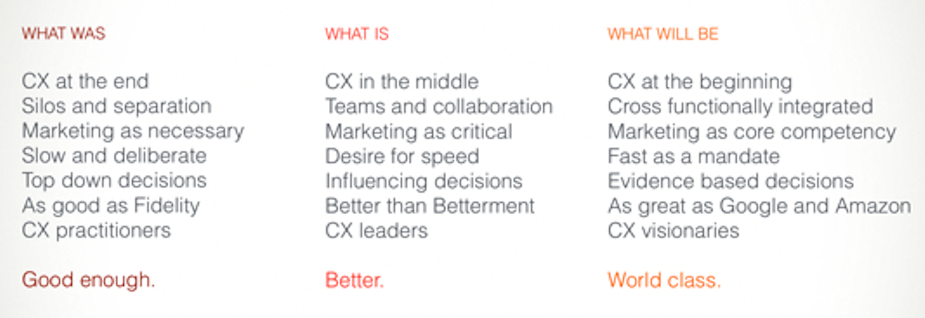Transformation
Design Thinking, with its user-centric ethos, offers a transformative blueprint for organizational change, guiding companies away from siloed business units towards a model organized around the customer. This paradigm shift requires a fundamental reevaluation of priorities, spotlighting the customer's journey as the cornerstone of business strategy. By focusing on this journey, which often runs perpendicular to traditional hierarchical structures, organizations are compelled to rethink not only their design but also their underlying cultural fabric.
Transitioning from a conventionally organized business, aligned primarily with product development to achieve business objectives, to an organization that begins with the end in mind presents a complex challenge. This shift necessitates a deep understanding that organizing around the client experience is not merely a strategic choice but a comprehensive construct that influences every aspect of operations. It demands an integrated approach, where cross-functional teams collaborate seamlessly, guided by a shared commitment to delivering exceptional user experiences.
In this context, visual design, or graphic design, plays a pivotal role in articulating and driving organizational change. Beyond its traditional boundaries, graphic design becomes a strategic tool for visualizing the future state, communicating complex ideas, and aligning diverse teams towards a common vision. Through compelling visuals and narratives, design helps demystify the user-centric approach, making abstract concepts tangible and inspiring collective action.
Moreover, visual design aids in breaking down the barriers of change resistance, illustrating not just the 'what' but the 'why' behind the shift towards a customer-focused model. It can foster a sense of unity and purpose, essential for navigating the uncertainties inherent in transformational change. By embodying the envisioned future through visual storytelling, design serves as a catalyst for cultural evolution, encouraging an organization to move in unison towards a common direction centered on delivering unparalleled customer experiences.
In summary, leveraging Design Thinking for organizational transformation places the customer's journey at the heart of business strategy, requiring a radical reevaluation of organizational design and culture. In this journey, visual design emerges as a critical ally, providing clarity, fostering unity, and driving the organization towards a shared vision of user-centric excellence.
“Chuck has supported Vanguard through many significant transformations.”
— Senior Business Partner, Vanguard




